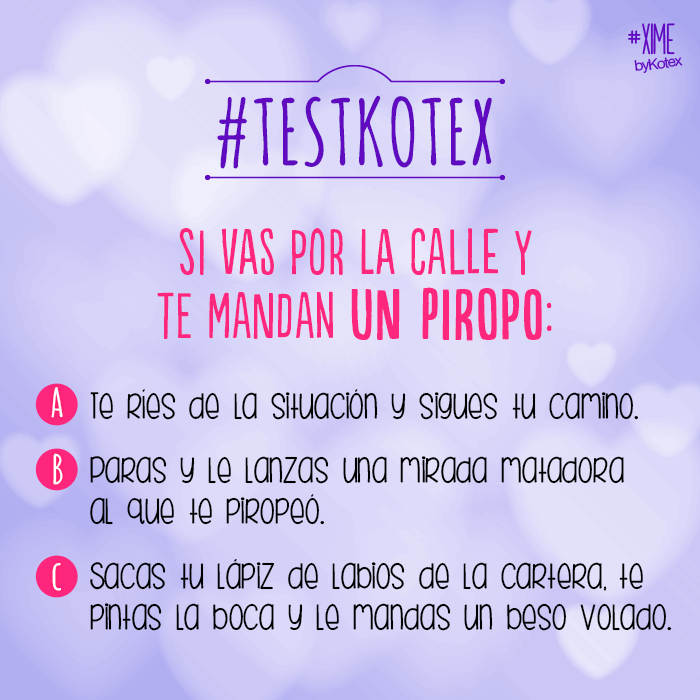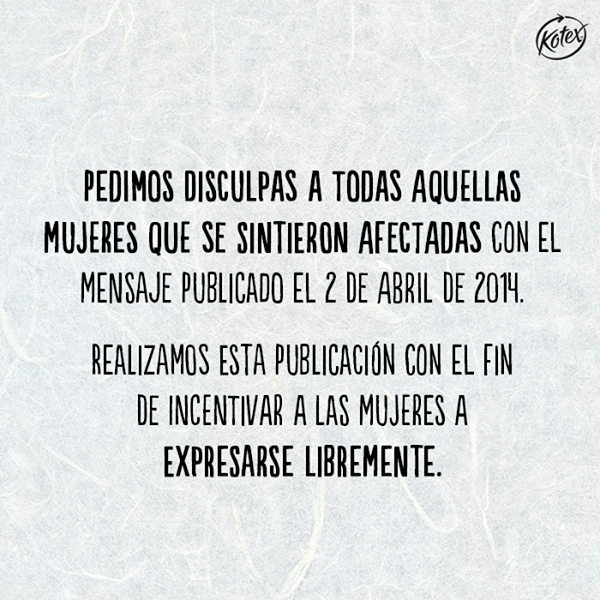Rocío Andrés, Spain, SSH Blog Correspondent
Every time I have to write about a male harasser, a stalker, a molester, I would like to see just a neat crystal point to make it easier. Often, black over white – cross over tick, no over yes. But, instead, I see moiré.
I would like to be firm and forceful. And sure. I would like to be not contaminated by the whys. I strictly repeat “unjustifiable, inexcusable”, as if the human being couldn’t allow himself to spare any empathy for the violence and its acts, as if the violence were not human. However, after the impromptu furiosity and fuss, there is sadness and powerlessness and I, deep in me, see a sack of pretexts that a harasser might find to legimitate his actions, the long ache. Pretexts that, as in many other cases, turn into motives, like when you are in the middle of a sky dark black and, after a while, your blind eyes start to see tenuous lights.
Trying to be in another´s mind is often hardly difficult, but the work is far more complicated when we talk about being in a man´s who inferiorises your economic, social or living status because you are a woman, subordinates your rights to his self-interested understanding of your rights, doesn´t respect your body and your person, violentizes your mind, insults your human dignity, humiliates or mocks at your corporal strength, looks at you in the eyes and doesn’t see a woman, but a bitch or doesn’t find a connection in the fact that “excuse me, you and me – naked-, have arrived here at the same time”.
1) “What does your cunt like?”, a man in his sixties, maybe seventies, asked me recently just at the moment I took my seat during a flight from Spain to Scotland (obviously, no matter the age to be offensive, and however it provides with information to show the variety of harassers around the world). As I don´t like to turn everything into a drama, I threw to his nose a ball of paper that I always keep in my pocket just in case, which, somehow due to Murphy´s law, ended up landing back on my hair (how to predict a rubbery nose!) and so, I went straight to Facebook, where I updated my status as “critical”.
Minutes before, in the queue to enter the plain, another man at the same age, while his (I believe) wife was naively entertained reading a magazine, had obscenely been sticking his tongue out at me, as if he were eating an ice-cream of air.
2) “Hundreds of rapists and sex offenders are roaming the streets of Cairo, according to a leading human rights claims. The shocking International Federation for Human Rights (FIDH) report found that 250 reported cases of sexual assault and rape took place against female protestors during political demonstrations. None of the cases were ever prosecuted sparking fears than hundreds of sexual predators are still roaming Egyptian streets.” According to www.scoopempire.com, Egyptian street children is one of the most vulnerable groups exposed to sexual violence. “A study conducted by Lipincott Williams & Wilkins Inc. rounded up 857 homeless children in Cairo and found that 93% were sexually assaulted or raped (mostly by police officers and other homeless children) – 50% of whom were females”. In order to reduce the chances of being harassed or assaulted, girls stop showering or cover their bodies to hide their gender. http://scoopempire.com/violence-street-children-egypt/#.U1uYfxarPIf
3) “Dear Harvard: I am writing to let you know I give up. My assailant will remain unpunished, and life on this campus will continue its course as if nothing had happened. Today, Harvard, I am writing to let you know that you have won”. This was the beginning of an anonymous open letter sent to Harvard Crimson by a woman who had been sexually assaulted by “a friend.”
After all this, point at which the amount of violence traumatises the mind and your mouth becomes mute of adjectives, how can I possibly understand harassers? or, how can I possibly want to understand them? (Not to mention today, laws, measures or tools to eradicate these crimes).
Well, presuming that I am a common-sense person, I do. Here there are a few reasons why I think women should try to understand a harasser (not the same as to agree on the violence):
- because they are human beings. And that includes dads, granpas, brothers, cousins, uncles, boyfriends, neighbours, sons…
- because they have ability of thinking, which technically works in the same way as mine – not inferior, not superior-, and that raises hope for Indentification-Acceptation-Remorse-Change?
- I know a respectable amount of men who look for women´s equality (if you are one, click here https://stopstreetharassment.org/resources/male-allies/). Thus, equal gender is possible.
- Just by being acknowledged of the causes, I can help to solve them.
- I really yearn for our rights to be given and respected by men. And, whether I want it or not, that involves my effort in understanding harassers.
- We are partly responsible for education and the culture we live in. It is worthwhile to watch these videos of boys and girls giving their reasons why they think harassment happens in Egypt.
Of course, there is a huge exercise in wanting to understand a harasser, especially when you get used to suffering from harassment in the first place or even if you just read the deplorable news on the papers. On many occassions, I have to stop my readings, not before saying Objection! in order to calm down and start again.
Harassers, however, aren’t normally the focus of the news or academic studies, where, contrarily, the informative weight mostly falls on the woman´s presence, sensationalizing and highlighting her victim status and where, consequently, the harasser´s figure is pushed into the background, almost forgotten, deleted, or just presented as if it were lack of social or human roots.
Indeed, harasser´s representation is mainly characterised by de-humanization – the monster´s myth-, and depicted by the litres of blood shed – gory, pure predators (see the article I mentioned before referring to harassers/rapists as sexual predators). I wish it were that plain, so then we could just limit ourselves to call them animals and we didn´t need to ask: what are we doing wrong?. But, as far as I know, being a man and lacking humanity (understood as part of the human race and not positive human attributes) cannot be separated. And here it is where I consider the bulk, the impact rests, in our acceptation of them as people, as men.
Once this is assumed, the writings of violent/harassing behaviours can go deep and spread, prioritising the social, economic and political components in which the harasser cohabitates over the innate ones, prioritising the man over the monster and understanding that behind such behaviours, it resides a greed of power, traditions, miseducation, a macho parade – in fact, all plastic, a fake.
Rocío Andrés holds a Bachelor´s degree in Audiovisual Communication, History of Art (both Universidad Complutense de Madrid, Spain) and a Master´s in Education (Universidad Rey Juan Carlos, Spain, 2010). She has six years experience as a TV and advertising producer.


